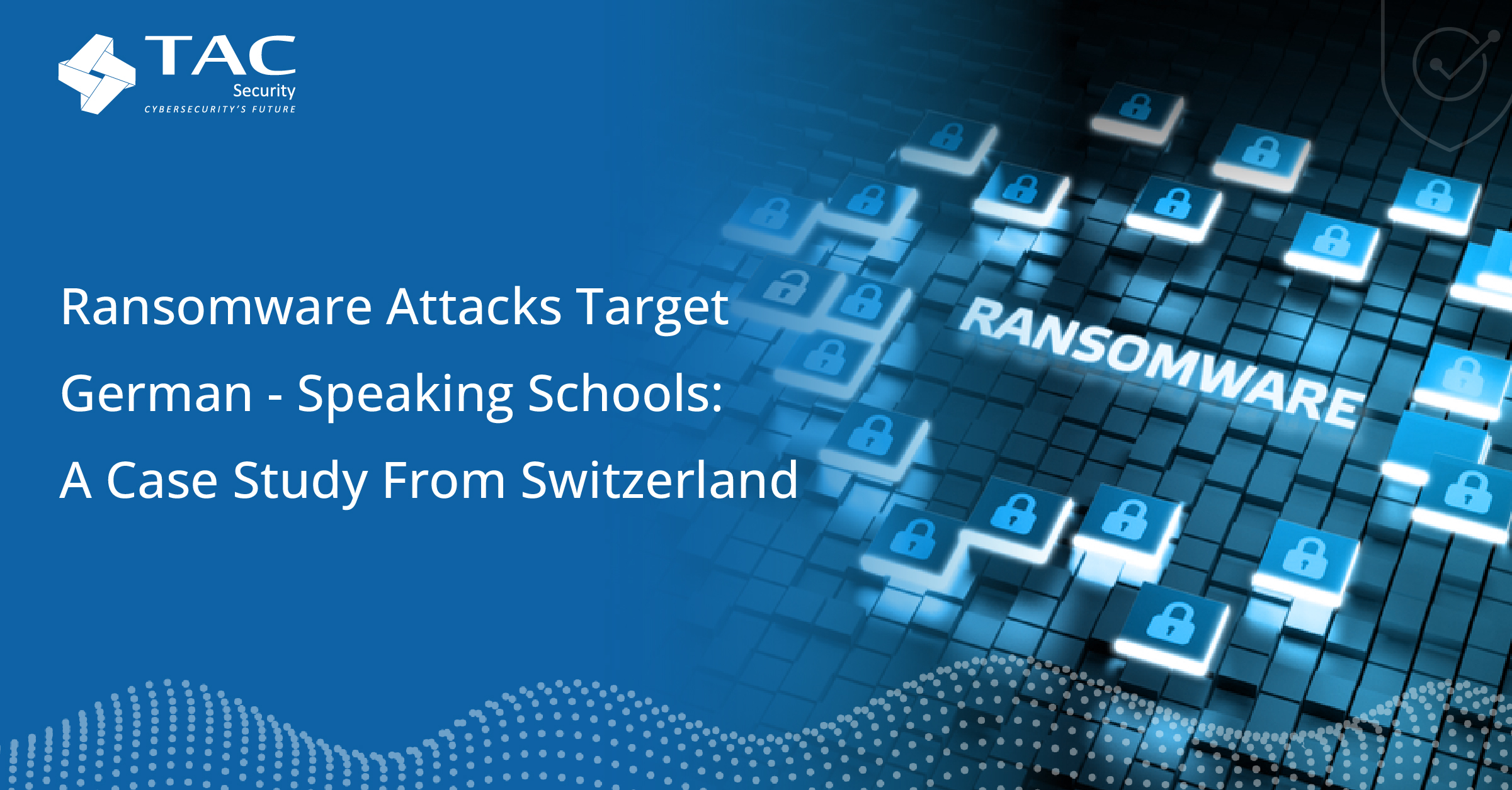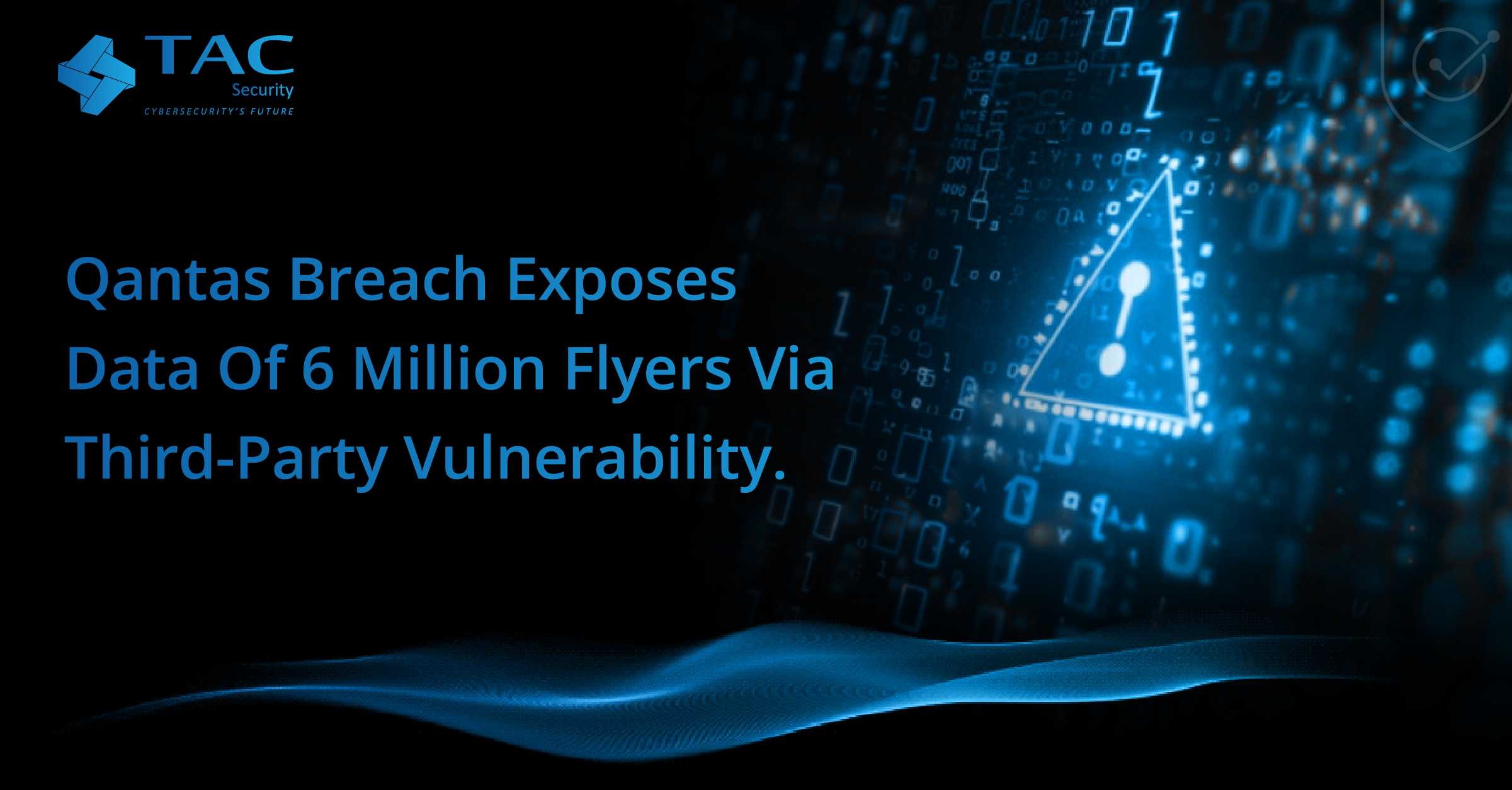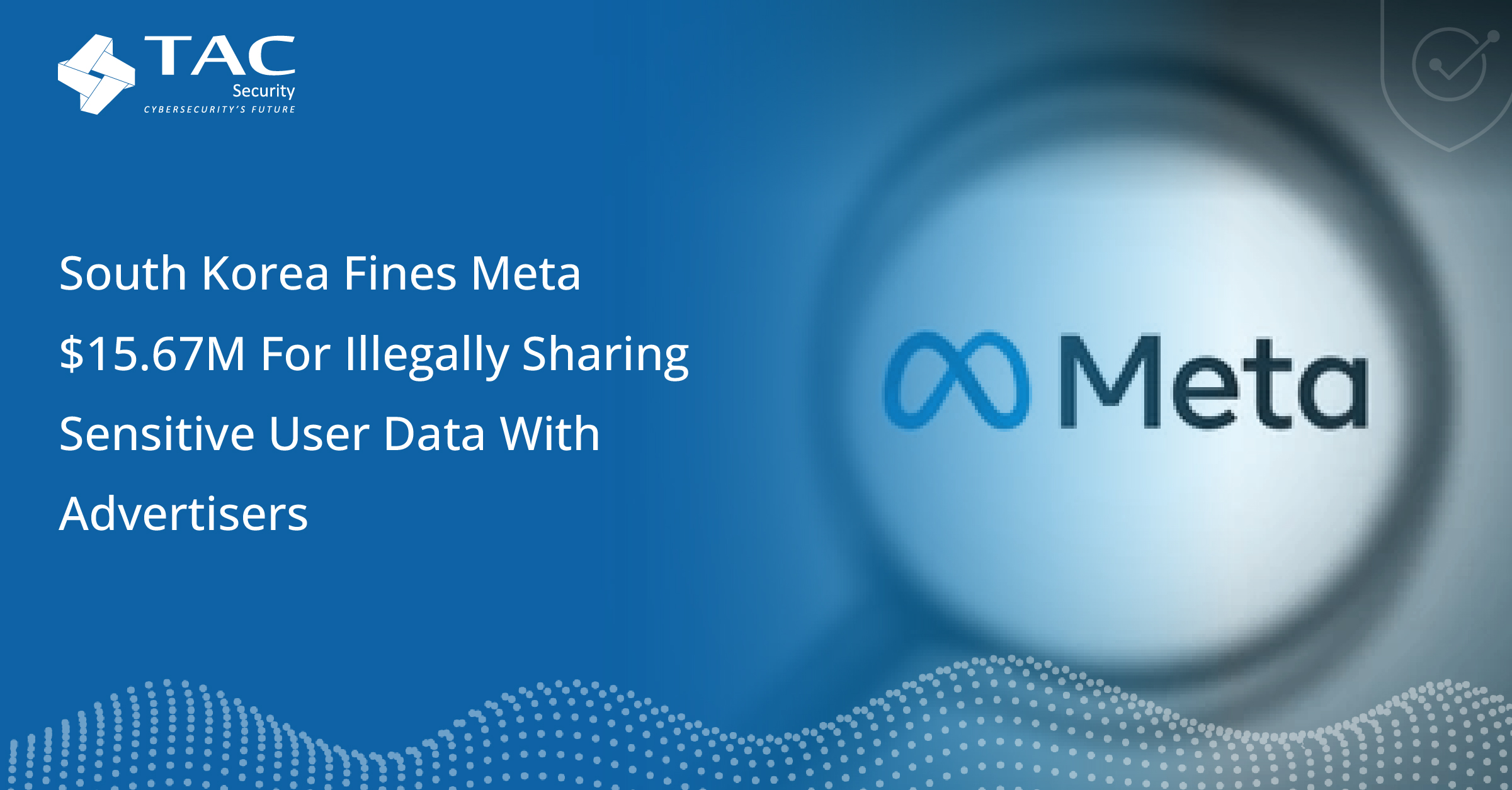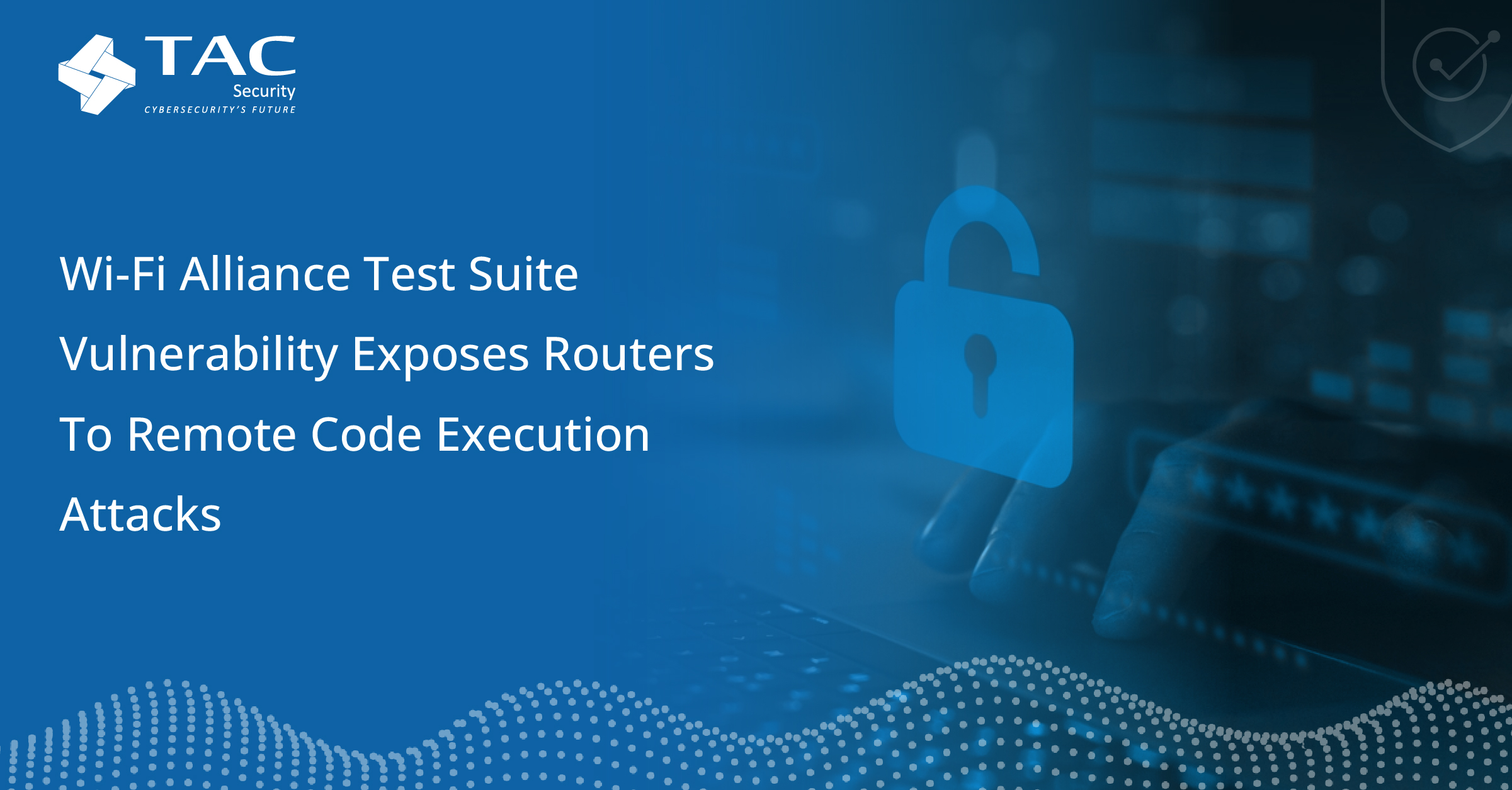Ransomware Attacks Target German-Speaking Schools: A Case Study from Switzerland

In recent months, a troubling trend has emerged: a series of ransomware attacks on German-speaking educational institutions across Europe. The latest incident involves the Vocational Training Center (Berufsbildungszentrum or BBZ) in the canton of Schaffhausen, Switzerland, emphasizing the urgent need for enhanced cybersecurity in educational settings.
Incident Overview
Earlier this month, the BBZ, which offers training in fields like nursing and construction, suffered a ransomware attack. Cybercriminals accessed the school’s IT systems, encrypting vital data and demanding a ransom. The BBZ chose not to pay the ransom. Initial investigations revealed that the attack exploited a “security gap in the firewall.” The school’s IT team, in collaboration with local authorities, acted quickly to contain the attack and investigate potential data breaches. Despite the incident, normal school activities resumed after the fall break, and the BBZ informed all stakeholders about the situation.
Rising Threats to Educational Institutions
This attack is part of a larger trend affecting educational institutions in German-speaking countries. Last year, the University of Zurich faced a similar threat, and other universities, including the Frankfurt University of Applied Sciences and Hochschule Kempten, have also been targeted. This increasing wave of cyberattacks highlights the vulnerabilities educational institutions face, particularly those involved in health and vocational training.
The Role of Cybersecurity Solutions
To combat these rising threats, educational institutions must adopt comprehensive cybersecurity measures. TAC Security’s Enterprise Security in One Framework (ESOF) offers a robust solution:
1.Vulnerability Management: ESOF continuously identifies and addresses security weaknesses, reducing the likelihood of exploitation, as seen in the BBZ incident.
2.Incident Response: The framework facilitates swift incident response, enabling institutions to mitigate the effects of attacks effectively.
3.Threat Intelligence: Real-time threat intelligence keeps institutions informed about emerging threats, allowing for proactive security measures.
4.Compliance and Reporting: ESOF helps maintain regulatory compliance and generate necessary reports, reducing legal risks associated with data breaches.
Conclusion
The ransomware attack on the BBZ underscores the urgent need for enhanced cybersecurity measures in educational institutions. By adopting comprehensive solutions like TAC Security’s ESOF, schools can significantly bolster their defenses against future cyber threats, ensuring the safety and continuity of their educational services. Proactive cybersecurity strategies are essential for protecting sensitive information and maintaining trust within educational communities.





